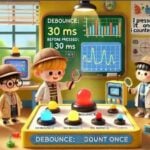Secret Superpowers of Enzymes in Daily Life: How Tiny Machines of Nature are Shaping the Future of Biotechnology!
Estimated reading time: 7 minutes
Imagine you are eating a delicious slice of pizza – the melted cheese, crunchy crust, and tangy sauce that tastes amazing. But here is the surprising fact that your body can’t actually use that pizza until it is broken down into tiny, useful bits. That’s where enzymes break into the scene. Enzymes are special proteins, like nature’s tiny machines, that speed up all the chemical reactions that keep us alive. Hence, without enzymes, digesting the pizza would take thousands of years!
Enzymes don’t just work inside our bodies. Additionally, they are also used in industries all around us. Further, helping to make food tastier, fuels greener, medicines smarter, and even laundry easier. In fact, enzymes are becoming superheroes in solving global problems like climate change, pollution, and disease.
Let’s explore how enzymes touch your daily life, shape the future of technology, and open exciting doors for STEM careers.
Enzymes in Daily Life: You Are Already Using Them!
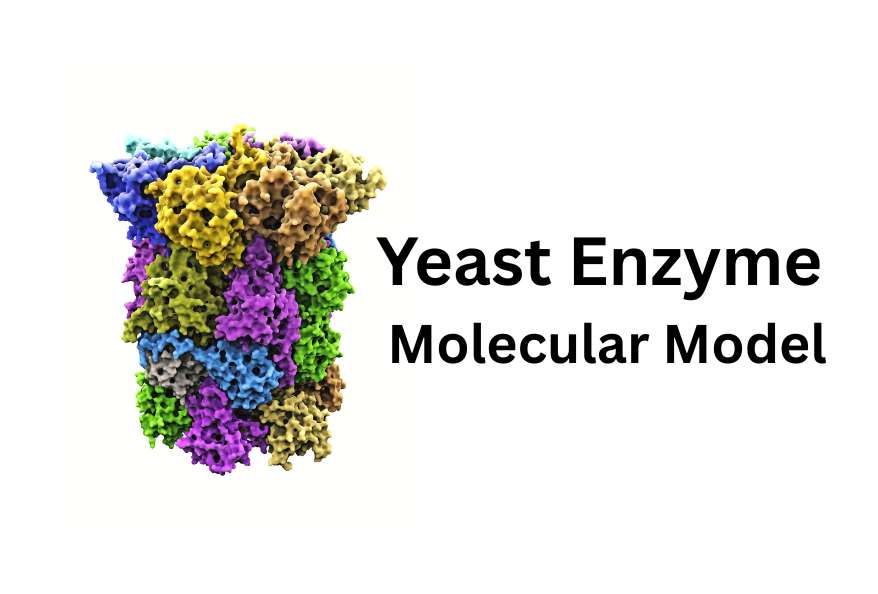
Even if you have never stepped into a science lab, you have already been using enzymes in daily life without even realizing it.
- Toothpaste: Several whitening toothpastes contain enzymes that break down stains on your teeth, and they can also help reduce bad odors by breaking down the compounds that cause unpleasant smells.
- Laundry detergent: Enzymes in your detergent break down grease, chocolate, ketchup stains, etc., leaving your clothes clean and fresh.
- Food: Have you ever eaten cheese, bread, chocolate, or yogurt? It’s enzymes that give them unique flavors and textures.
Think of enzymes like tiny chefs – they chop, mix, and prepare ingredients at a speed we can’t match. Indeed, instead of waiting hours for your food to digest or clothes to clean, enzymes do the work in minutes.
Also Read: Fundamentals of Molecular Biology: An Introductory Guide
Enzymes in the Human Body: The Original Superheroes
Inside your body, enzymes are running the show.
- Digestion: Amylase in saliva breaks down the bread in your pizza. Proteases in your stomach cut cheese proteins into smaller pieces. Lipases handle the fats in the gooey cheese and oily toppings.
- DNA copying: Every time your cells divide, enzymes make sure your DNA is copied correctly. Without them, your body could not grow or repair itself.
- Immune defense: Certain enzymes help destroy harmful bacteria and viruses trying to invade your body.
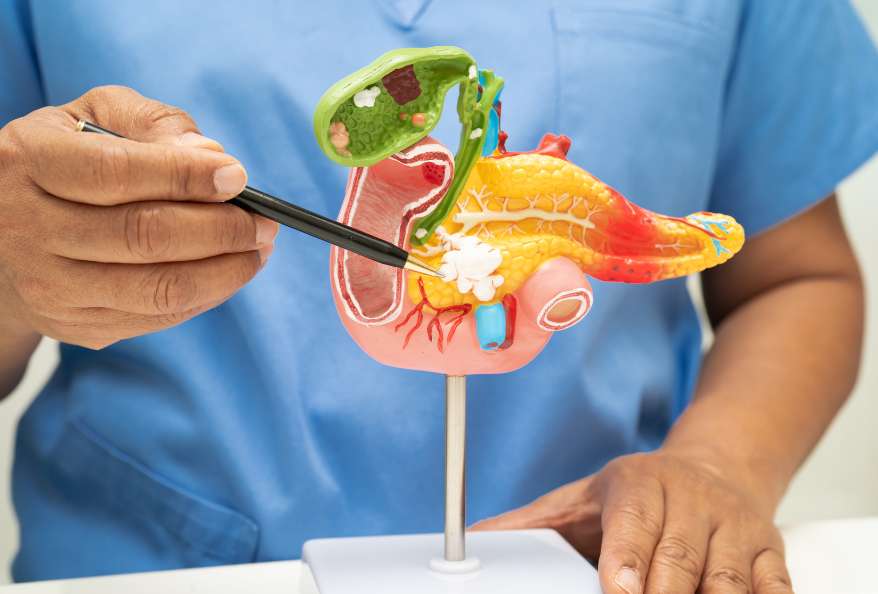
To put it simply: Without enzymes, life would slow to a complete stop. They are the ultimate superheroes who work invisibly, tirelessly, and precisely to keep you alive.
Also Read: Digestive System: Key Organs in Humans.
Enzymes in Daily Life Action: Technologies That Change Our World
Now, let’s step outside the body. Scientists and engineers have learned to harness enzymes to solve real-world problems. Here are some exciting examples:
- Medicine: Enzymes are used in tests to detect diseases (including COVID-19). Thus, they also form the basis of life-saving drugs and are being engineered to fight cancer more precisely.
- Environment: Certain enzymes can break down plastic bottles into reusable materials, clean up oil spills, and even help reduce industrial pollution.
- Energy: Enzymes can turn waste products, like corn husks or food scraps, into biofuels – an eco-friendly alternative to gasoline.
- Food industry: Lactase enzyme removes lactose from milk, making it safe for people with lactose intolerance. Further, enzymes also improve flavors, preserve food, and make snacks crunchier.
So next time you see a scientist in a lab coat, remember – they are not just mixing chemicals randomly. Therefore, they are training enzymes to do superhero-level work in medicine, energy, environment, and food.
Emerging Technologies: The Next Big Things in Enzyme Science
We are only scratching the surface of what enzymes can do. The future of enzyme science looks like something straight out of a sci-fi movie:
- Synthetic biology: Scientists are designing brand-new enzymes that don’t even exist in nature. Imagine creating an enzyme that eats toxic waste or one that makes medicine instantly inside your body.
- Nanotechnology: Tiny enzyme-powered robots could travel through your blood and deliver medicine exactly where it’s needed.
- Space exploration: NASA is exploring how enzymes can recycle waste, produce food, and generate energy for astronauts on long missions – maybe even to Mars.
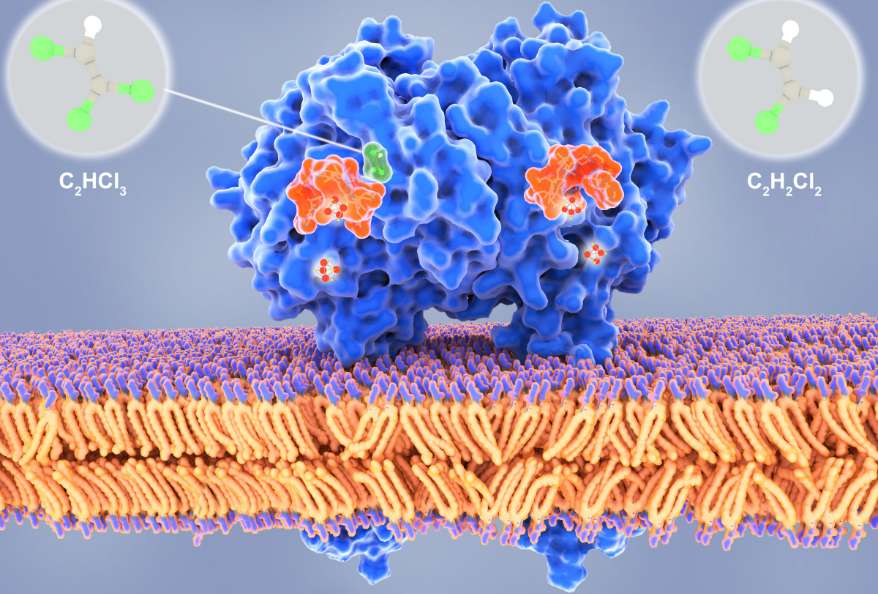
For teenagers interested in science, this is where imagination meets reality. What if you designed the enzyme that helps humans survive on another planet?
Also Read: What are STEM Cells?
STEM Pathways: How You Can Become an Enzyme Explorer
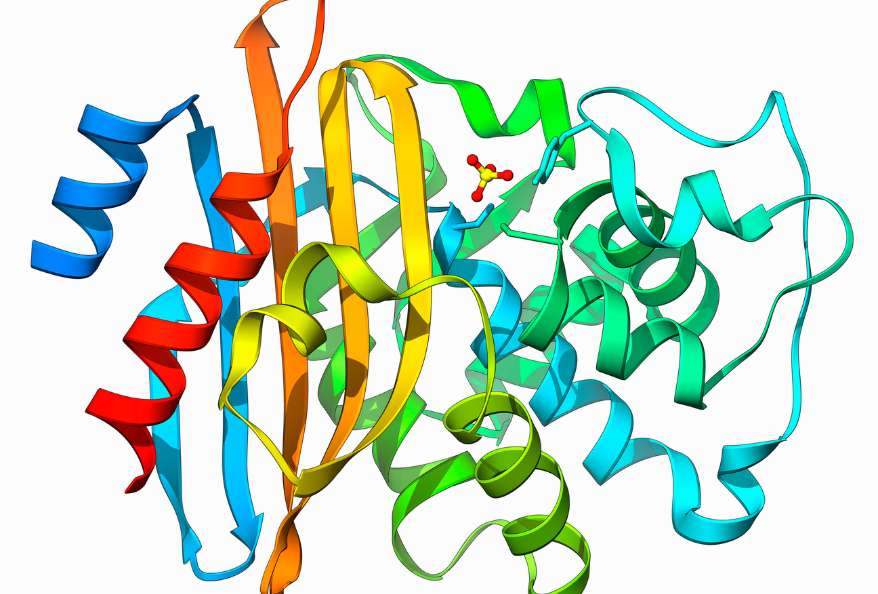
If this sounds exciting, you might be wondering – how do I actually work with enzymes in the future? The good news is that STEM offers many pathways.
- Careers: Biochemist, microbiologist, enzyme engineer, biotechnologist, food technologist, environmental scientist.
- Fields of work: Labs, food industries, pharmaceutical companies, hospitals, research institutes, and even space agencies like NASA.
- Education Pathway: At the high school level – focus on science subjects like biology, chemistry, and mathematics. Also, at the college level, study degree programs in microbiology, biotechnology, biochemistry, or life sciences. At the advanced study level, specialize in enzyme technology, molecular biology, or bioengineering.
The biotech industry is one of the fastest-growing sectors worldwide, which means more demand for creative problem-solvers – just like you!
Skills That You Will Need
You may already possess some skills that scientists use daily.
- Curiosity: Do you love asking questions “why” and “how”? That is exactly what scientists do.
- Problem-solving: If you enjoy puzzles, strategy games, and coding, then you are practicing problem-solving like scientists.
- Creativity: Science is not just about numbers – it’s about imagining new possibilities.
- Teamwork: Lastly, just like in group projects or sports, scientists work together to reach big goals.
In other words, if you are curious, persistent, and open to learning, then you already have the seeds of a great STEM career.
Why Enzymes are the Future?
Why should you care about enzymes when you are a teenager juggling school, hobbies, and exams? Because enzymes are linked to the biggest challenges your generation will face:
- Climate change: Firstly, enzymes can create eco-friendly solutions to reduce pollution and recycle waste.
- Health: Moreover, enzyme-based medicines will help cure diseases faster and more safely.
- Food security: Enzymes will help feed a growing population with sustainable food production.
The world needs innovators, explorers, and problem-solvers – and many of them will come from the field of biotechnology. Moreover, maybe one of them will be you.
Enzymes in Daily Life: Conclusion
Enzymes may be invisible, but their influence on our lives is truly enormous. Indeed, every bite of food we eat is broken down with their help, ensuring our bodies get energy and nutrients. Enzymes in daily life quietly protect our DNA, keep our clothes clean, and add flavor, texture, and quality to the foods we love. Beyond our daily lives, enzymes are also at the heart of solving global challenges. Hence, from producing eco-friendly biofuels to developing greener technologies and sustainable healthcare solutions.
Thus, they are not just ordinary proteins; they are nature’s superheroes, working tirelessly in the background. Understanding enzymes today could open the door to exciting STEM careers and innovations that shape tomorrow’s world.
Additionally, to stay updated with the latest developments in STEM research, visit ENTECH Online. Basically, this is our digital magazine for science, technology, engineering, and mathematics. Furthermore, at ENTECH Online, you’ll find a wealth of information.
References
- Zhang, W., Wu, J., Xiao, J., Zhu, M., & Yang, H. (2021). Compatibility and washing performance of compound protease detergent. Applied Sciences, 12(1), 150. https://doi.org/10.3390/app12010150.
- Barclay, A., & Acharya, K. R. (2023). Engineering plastic Eating enzymes using structural Biology. Biomolecules, 13(9), 1407. https://doi.org/10.3390/biom13091407.
- Uroro, E. O., Bright, R., Hayles, A., & Vasilev, K. (2022). Lipase-responsive amphotericin B loaded PCL nanoparticles for antifungal therapies. Nanomaterials, 13(1), 155. https://doi.org/10.3390/nano13010155.





